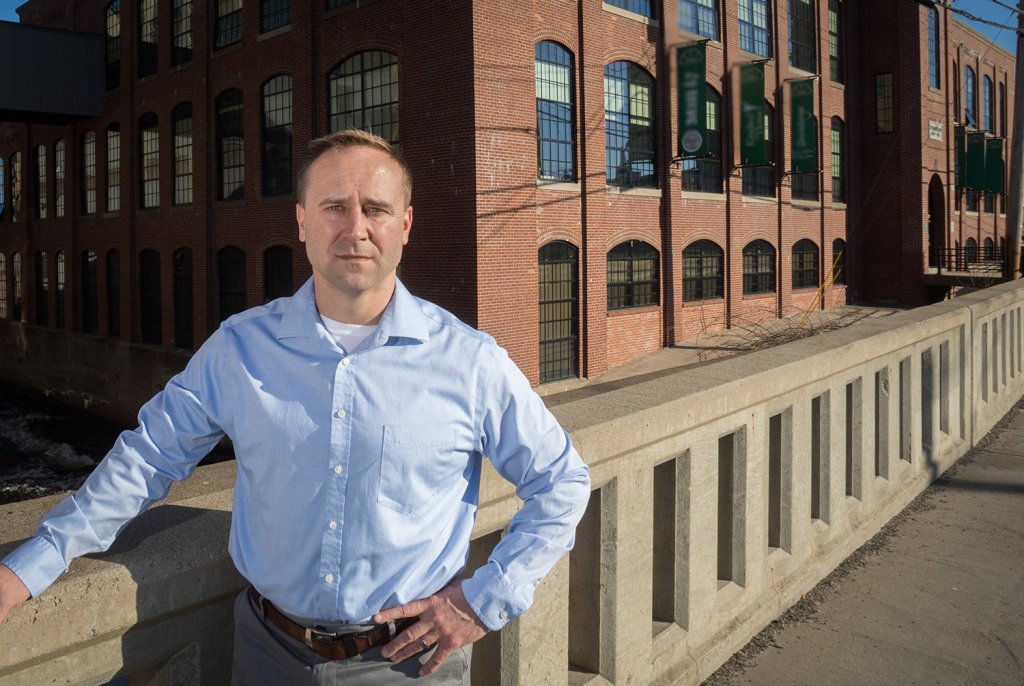A major stress test for those hoping to move into the Blaine House next year came and went last week, with the first fund-raising deadline of the campaign passing by on Tuesday.
Fundraising is an early determiner of a candidate’s viability — especially in the absence of any reliable, independent polling of either the primaries or the general election thus far.
Fundraising is not, of course, the be-all-end-all of campaigns, no matter what anyone thinks.
Eight years ago, Paul LePage had raised just over $61,000 at this point in the race, while Bruce Poliquin — who finished second to last in the primary — had raised well over $200,000. Though Maine is a relatively inexpensive state in which to campaign, Mainers tend to be skeptical of people trying to buy their way into office. That’s one of a number of important factors to consider as we take a look at last week’s financial reports, apart from just the top-line number of how much they’ve raised.
Another is the burn rate — how much a candidate has spent, both as a total amount and as a percentage, and how much cash they have remaining in their account. So, while it’s very impressive that former congressional candidate Adam Cote, a relative political outsider, has raised more than $500,000 so far, it’s also worth noting that he’s spent around $187,000, leaving him with about $340,000. Thus, while he’s far outraised the presumed Democratic front-runner, Attorney General Janet Mills, his cash advantage isn’t as large as one might expect; she ends this reporting period with around $240,000 available.
Cote’s strong fundraising suggests that he may be rising to the top of the Democratic field alongside Mills.
On the flip side of the ideological spectrum, longtime lobbyist and progressive activist Betsy Sweet of Hallowell also posted impressive numbers. Although she is a Clean Election candidate, she raised more than $88,000 in what’s known as “seed donations,” which are limited to $100 apiece. That suggests she has a wide breadth of support for her campaign amongst Democratic grassroots; however, she’s already spent most of it and has less than $12,000 remaining.
Former Speaker of the House Mark Eves also did well, raising about $160,000. But he has less than $40,000 remaining.
On the Republican side, newly minted Republican Shawn Moody led the way, but mainly thanks to $150,000 in self-contributions. It’s often hard to know what to make of self-financing candidates. While they may not have to worry about running out of money, they also don’t have to pound the pavement for donations as much as other candidates. That makes it tough to draw any conclusions from their finance reports about how much support they actually have, though at least in Moody’s case, he also raised nearly as much money from donors as himself.
The other financial reports didn’t shed much light on the rest of the Republican field.
Former Health and Human Services Commissioner Mary Mayhew raised more money than Senate President Mike Thibodeau and had more remaining (though she started her campaign earlier), while Senate Majority Leader Garrett Mason appeared to be well on his way toward qualifying as a Clean Election candidate. The only real surprise was House Republican Leader Ken Fredette, who raised far less than the other Republican hopefuls. He’ll need to seriously amp up his fundraising quickly in order to remain financially competitive with the other candidates.
As a result of these reports, we’re beginning to see which candidates are serious contenders and which of them probably aren’t. We’re not likely to see any major candidates change their plans as a result of this first deadline, but we may see a few of the candidates who only raised a few thousand dollars or less reconsider their options as spring slowly approaches.
The first major culling of the field will be in April, when Clean Election candidates have to qualify for funding. Right now, it appears that Mason, Sweet and independent Terry Hayes will have no trouble qualifying for funding, but every other candidate is a question mark.
If a candidate fails to make that cut, their campaign is likely dead in the water.
The recently released reports may not have caused any immediate shakeups in the gubernatorial race, but they gave us at least a sense of where all the candidates stand. In the end, though, we’ll have to wait until Election Day to know just how much that actually matters, and whether the candidates were spending their money wisely or wasting it on a fool’s errand.
Jim Fossel, a conservative activist from Gardiner, worked for Sen. Susan Collins. He can be contacted at:
jwfossel@gmail.com.
Send questions/comments to the editors.



Comments are no longer available on this story